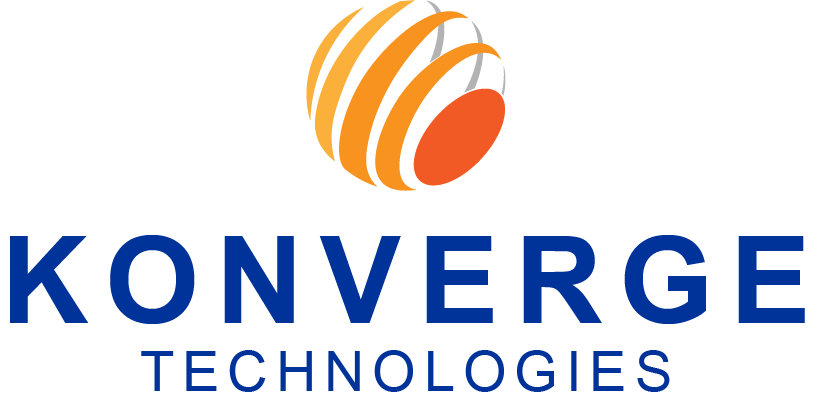
9 Must-Have Hybrid Workplace Solutions for 2025

As we make our way into October 2025, the hybrid work approach is no longer a stopgap measure; it is now the norm for contemporary companies. Sustaining remote and office workers needs strong tools and techniques to keep collaboration, productivity, and morale intact. Spending money on the appropriate hybrid workplace solutions can guarantee seamless workflow, unbroken communication, and increased employee satisfaction. The following are nine must-have solutions, outlined for 2025:
1. Integrated Collaboration Platforms
Communication is at the core of any effective hybrid workplace. Integrated platforms such as Microsoft Teams, Slack, and Zoom enable messaging, video calls, and real-time document sharing. These enable the creation of one platform where teams collaborate, making sure remote and in-office workers can collaborate and communicate with ease. Threading conversations, shared channels, and task management enable teams to simplify workflows and eliminate miscommunication. Organizations employing these platforms can make sure that all employees are in line with business goals, irrespective of their geographical location.
2. Sophisticated Video Conferencing Systems
In the hybrid workplace, video conferencing is essential for interaction and understanding. Products like Cisco Webex, Logitech Rally, and Polycom solutions provide high-definition video and high-quality audio. AI-driven capabilities such as automated speaker tracking, background noise reduction, and virtual framing allow users to come closer to in-person interactions. Right investments in quality video conferencing hardware and software help make conversations crystal clear, meaningful, and meaningful for everyone involved.
3. Intelligent Room Booking Solutions
Optimizing office space is critical in hybrid arrangements. Intelligent room booking solutions such as YAROOMS, Robin, and Joan enable employees to book meeting rooms with simplicity. The solutions are calendar-integrated, show real-time availability, and avoid double bookings. Through monitoring usage habits, organizations are able to optimize office space and make sure that meeting rooms are accessible when required, minimizing conflict and maximizing resource use.
4. Cloud-Based Document Management
Cloud platforms like Google Workspace, Microsoft 365, and Dropbox enable workers to save, share, and collaborate on files from anywhere. Version control and real-time editing guarantee that teams are constantly working on the latest data. Cloud systems minimize reliance on hardware storage, improve disaster recovery features, and facilitate smooth collaboration across different time zones, making them invaluable in a hybrid workplace.
5. Employee Well-being and Engagement Tools
Keeping employees engaged in hybrid environments is important to ensure productivity. Tools such as Officevibe, TinyPulse, and Culture Amp help managers survey their employees, gather feedback, and track employee sentiment. AI-driven analytics can determine trends, reveal concerns, and suggest action plans. Organizations can create a positive workplace culture, reduce turnover, and make employees feel heard and appreciated by investing in such tools.
6. AI-Driven Scheduling Assistants
Having meetings in hybrid settings is often tricky because of differences in time zones and schedules. AI-based assistants such as Clockwise, x.ai, and Microsoft Cortana are able to automatically schedule the best times for meetings, minimizing conflicts. The assistants scan participants’ schedules, weigh important meetings, and propose time slots that will yield the greatest productivity. The outcome is more productive meetings and less time wasted on manual coordination of schedules.
7. Virtual Whiteboards and Brainstorming Tools
Collaboration and creativity remain essential even when working remotely. Solutions such as Miro, MURAL, and Jamboard give virtual whiteboarding functionality that mimics face-to-face brainstorming sessions. Teams may design mind maps, flowcharts, and visual notes in real-time. Sticky notes, templates, and vote functions increase engagement and ensure that ideas are recorded well, triggering innovation in hybrid workplaces.
8. Secure Remote Access Solutions
Cybersecurity is a top priority in hybrid work environments. Solutions such as VPNs, Zero Trust Network Access (ZTNA), and Multi-Factor Authentication (MFA) guard corporate applications and data. Such tools see to it that employees can safely access resources from anywhere, minimizing the possibility of data breaches. Through strong remote access strategies, organizations defend sensitive information without compromising organizational flexibility.
9. Workforce Analytics Platforms
Hybrid workplaces create vast quantities of data on engagement and productivity. Tools such as Microsoft Viva Insights, Workday, and SAP SuccessFactors track patterns in worker activity, teamwork, and well-being. Data and insights from these tools provide informed decision-making, enhance workforce planning, and spot areas for process enhancement, thereby boosting organizational efficiency.
Conclusion
Embracing the appropriate hybrid workplace solutions is critical for organizations looking to succeed in the modern-day age’s shifting work environment. From collaboration tools to AI-driven scheduling and reliable IT infrastructure, these solutions enable teams to operate efficiently, securely, and innovatively.
Organizations such as Konverge Technologies Pvt Ltd offer customized hybrid workplace solutions, integrating cutting-edge technology with specialized service to assist businesses in achieving success in the 2025 hybrid era.



